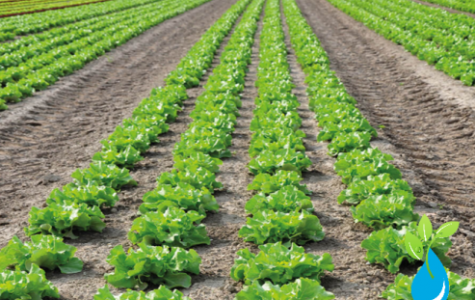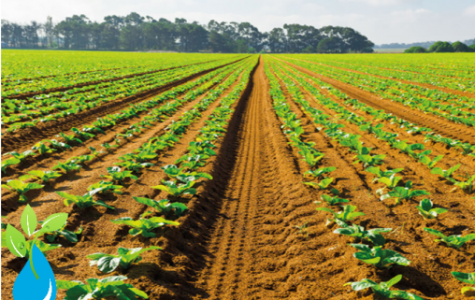Lettuces are season vegetables coming from India and cultivated for more than 2000 years ago. The bigger producers are China and the United States. Depending on the variety the leaves change of shape and colour. Two of the most popular varieties are the Roman and Iceberg. The Roman lettuce is big and erect, while the Iceberg one is round and smaller.
The lettuce grows properly in template climates, being the optimum growing temperature among 15ºC and 20ºC. The high temperatures can provoke an early growing. The plant can stand moderate freezes of short duration and frequent rains provoke fungical attacks.
The best soils to the development of this crop are non saline, well drained and neuter. They are also cultivated in greenhouses and hydroponic, obtaining high productions by squared meters and very clean products. The uniform environmental conditions along all the production cycle will allow obtaining very high quality lettuces.
The plantation spacing varies according the variety. Each variety has different dimensions when they are mature. The plantation density can vary among 10 and 40 plants by squared meter. The design of the plantation must guarantee the enough spacing to minimize the contact between plants, allowing an easy access to the cultivation labours. In soil, they can be planted in herringbone configuration, while in hydroponics cultivations the plantation is adjusted to the design system.
Drip irrigation is the most used system to the irrigation of lettuces, although there are other systems as sprinkling and gravity irrigation. This drip irrigation allows the continuous irrigation along the cultivation. The irrigation system must be designed in the way all the plants obtain the same quantity of water.
The irrigation must be frequent and of low quantity, trying the soil to be apparently dry in the surface area.


